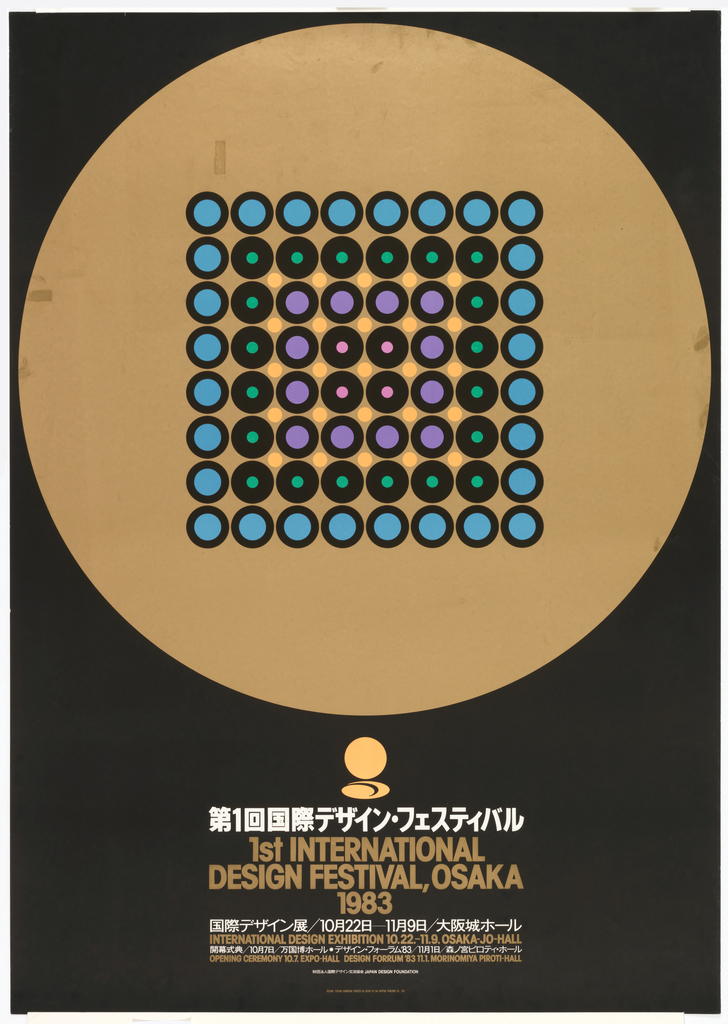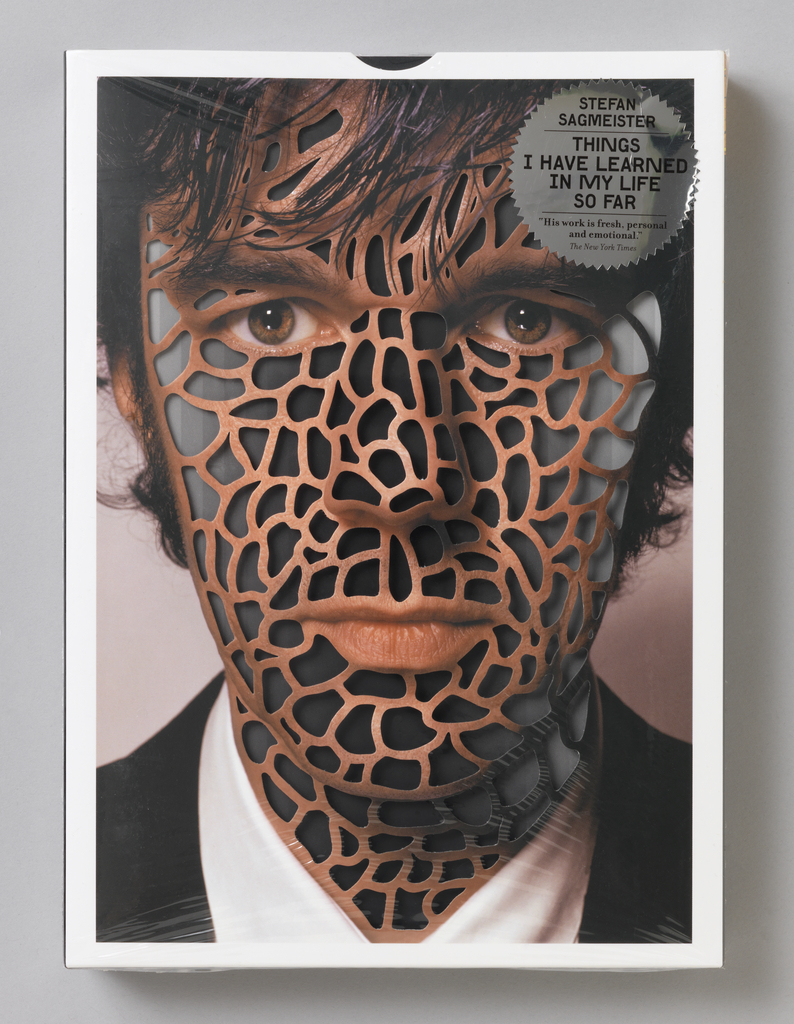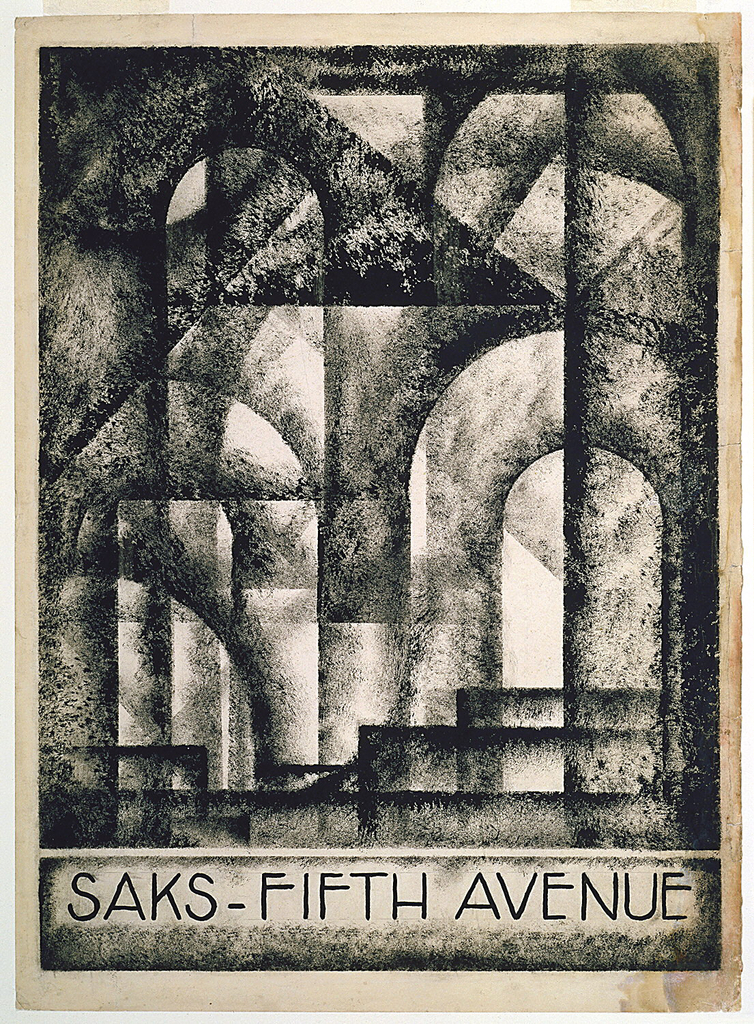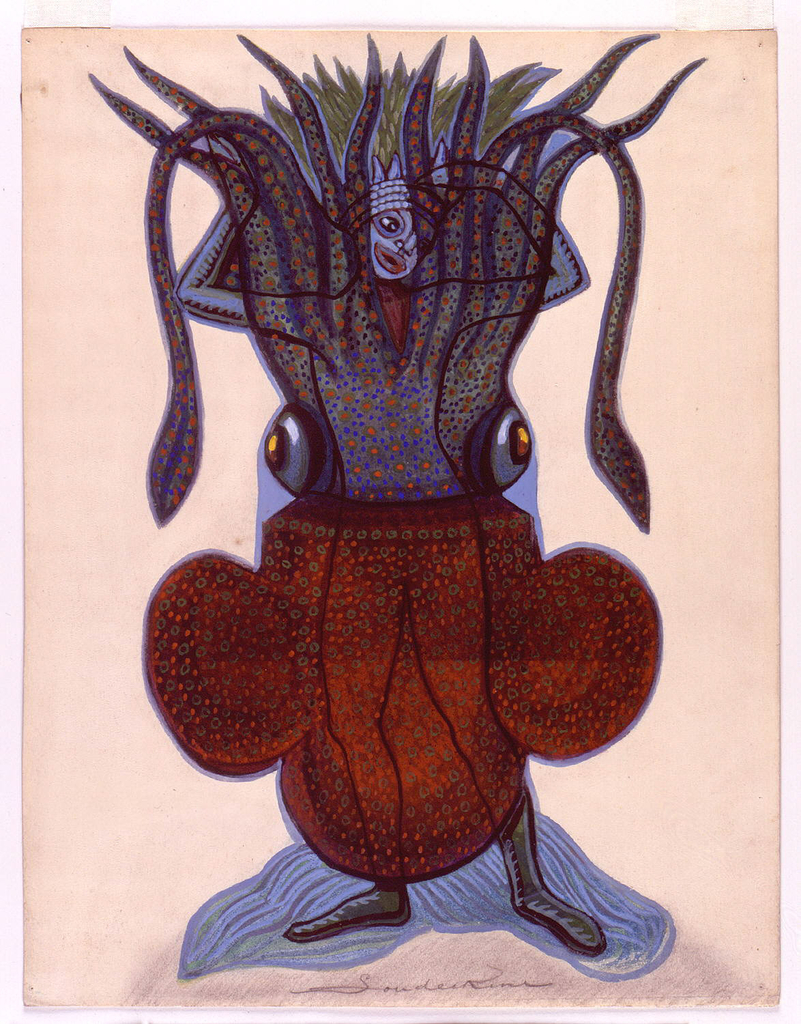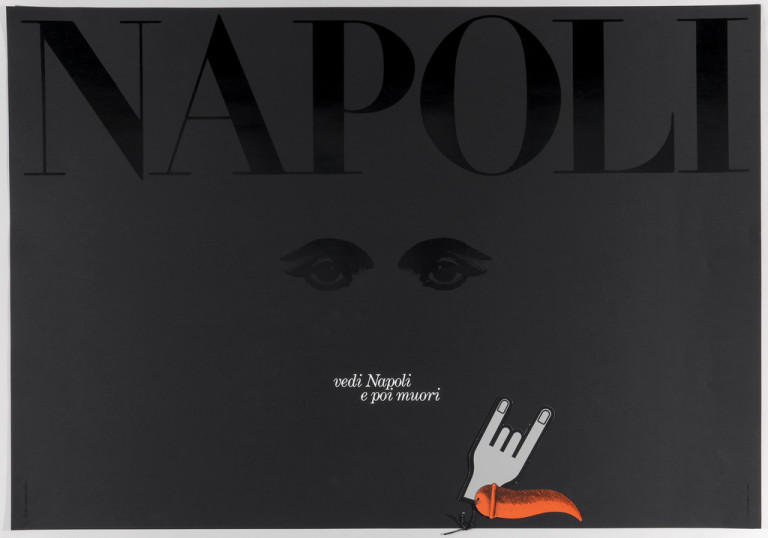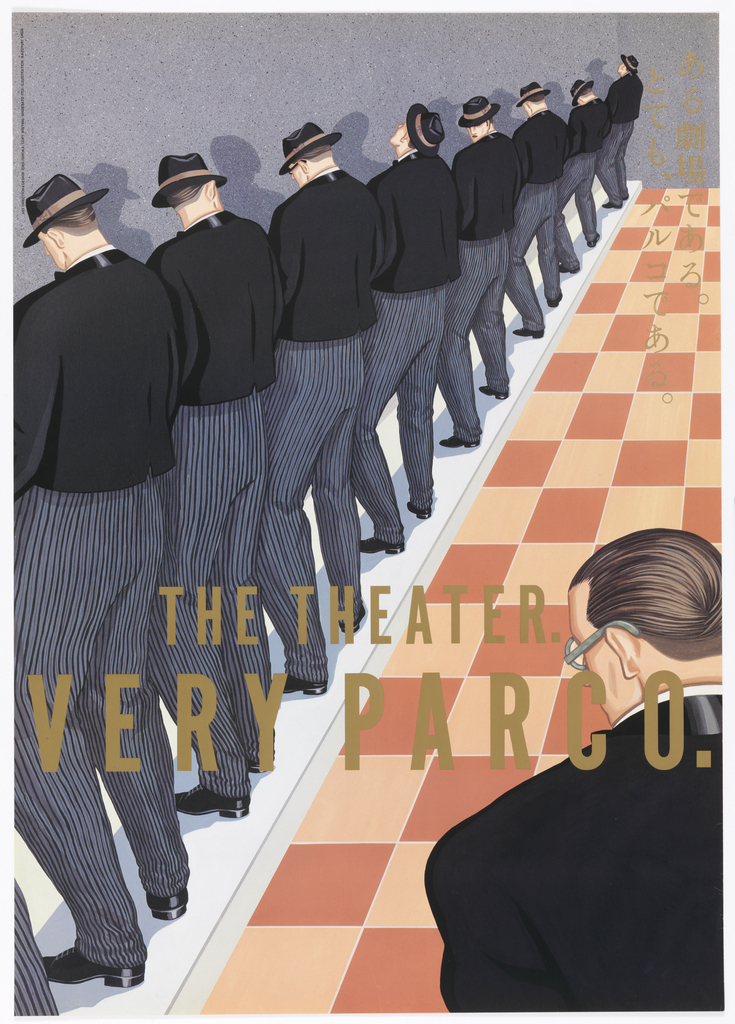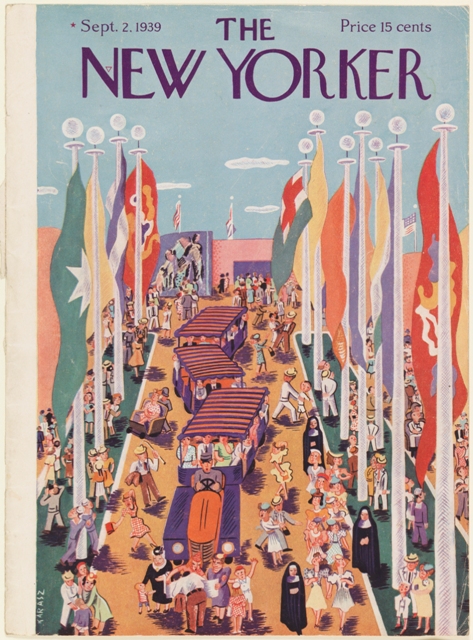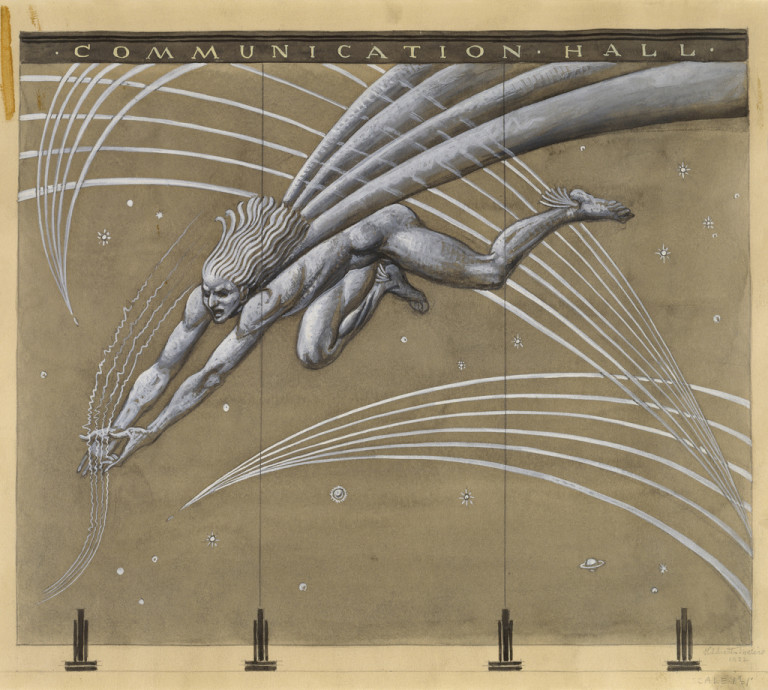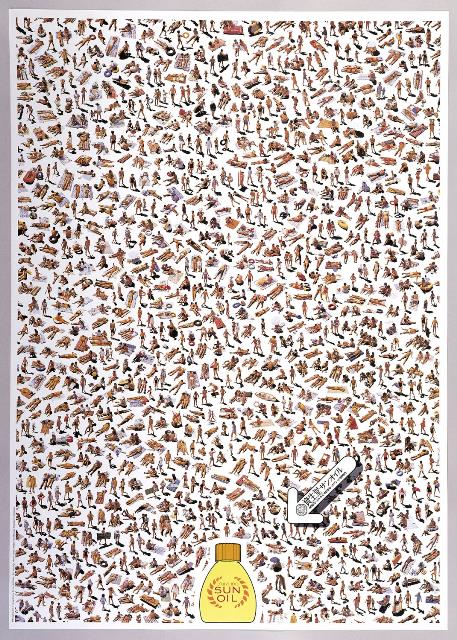Yusaku Kamekura achieved what most only hope to accomplish in more than half a century of professional longevity. Kamekura was born in Japan’s Niigata prefecture in 1915 and was schooled at the Institute of New Architecture and Industrial Arts, built by Ranahichiro Kawakita. As a student, Kamekura was heavily influenced by Bauhaus design theories and...
The impetus for Things I Have Learned in My Life So Far came directly from a list in Stefan Sagmeister’s diary under the same title. Over the course of seven years, Sagmeister found unorthodox ways to create interactive installations in the global world that visualized the maxims catalogued in his diary. He used spaces traditionally...
In 1927, Adam Gimbel, President of Saks Fifth Avenue, commissioned the painter-turned-designer Donald Deskey to create a number of window displays, as well as covers for advertising brochures to rejuvenate the store’s image. This brochure cover Deskey sketched depicts an abstracted cubist landscape perhaps alluding to the bright open windows of Saks Fifth Avenue. Both...
Deep under the waves in the depths of the realm of the Sea-King, designer Serge Soudeikine created a world of whimsical creatures that brought the Russian opera, Sadko, to life. The opera, written by composer Nikolai Rimsky-Korsakov, follows the journey of a guslar (Southeastern European stringed instrument) player named Sadko, and ultimately provides a parable for the...
Massimo Vignelli’s poster was commissioned by the Napoli 99 Foundation along with twenty-three other artists from around the world as a contribution towards the cultural image of Naples. Each artist’s interpretation of the city touched on a wide range of topics from architecture, poetry and music, to Mount Vesuvius, the earthquake, and pollution. The posters...
Eiko Ishioka was a prolific and revolutionary designer. She contributed enormously to the fields of art direction, graphic design, production, as well as costume design for film, theater and opera. Based in part on her innovative work for the Japanese cosmetic manufacturing company, Shiseido, Ishioka was hired as the chief art director for a new...
When F. Scott Fitzgerald wrote The Great Gatsby in 1925, the Valley of Ashes he described as “fantastic farm where ashes grow like wheat into ridges and hills and grotesque gardens,” was a very real place. This wasteland between Brooklyn and Queens was known as the Corona Dump, where the Brooklyn Ash Removal Company disposed...
From the Object of the Day archives, a Hildreth Meière mural design for the Chicago World's Fair.
Though in western cultures, suntans are appreciated for their indication of good health and a leisurely lifestyle, the Japanese standard remained quite different even up to the mid-1960s. Since ancient times, Asian cultures have idealized lighter complexions because they indicated a person’s privileged status. Those people living richly enough to remain indoors maintained a whiter...
